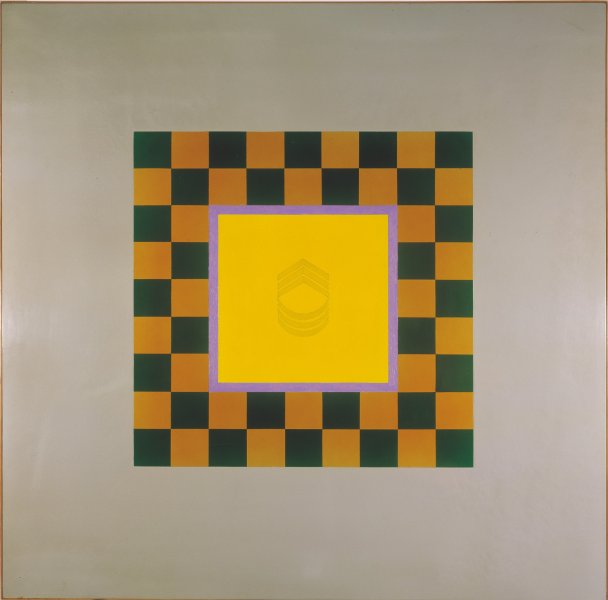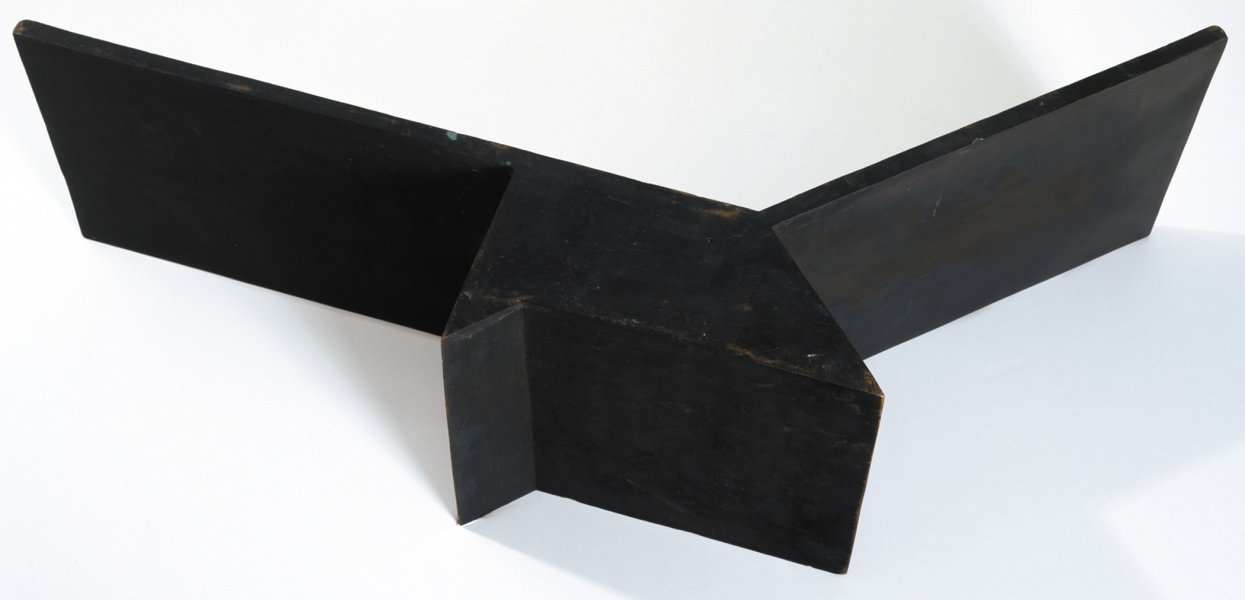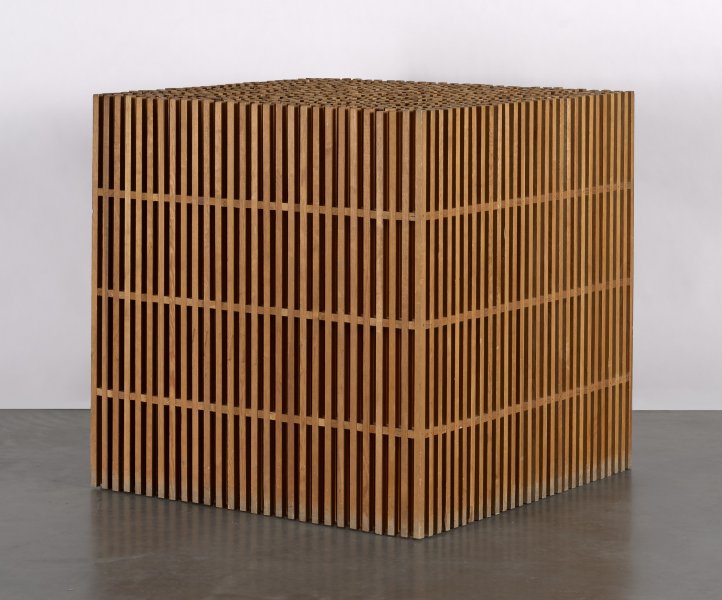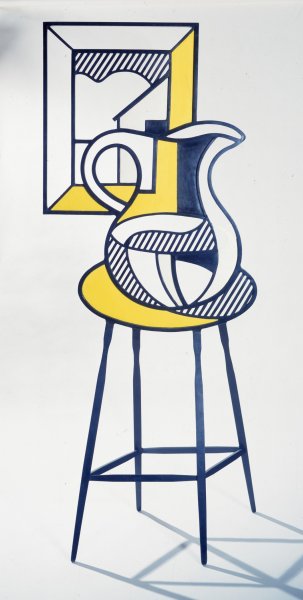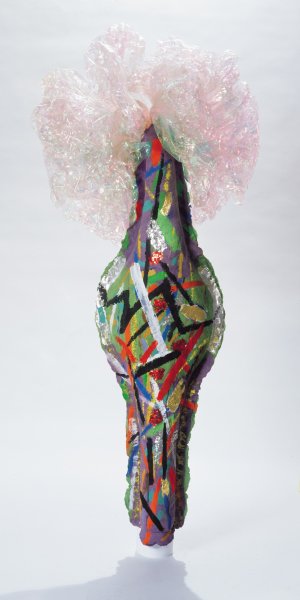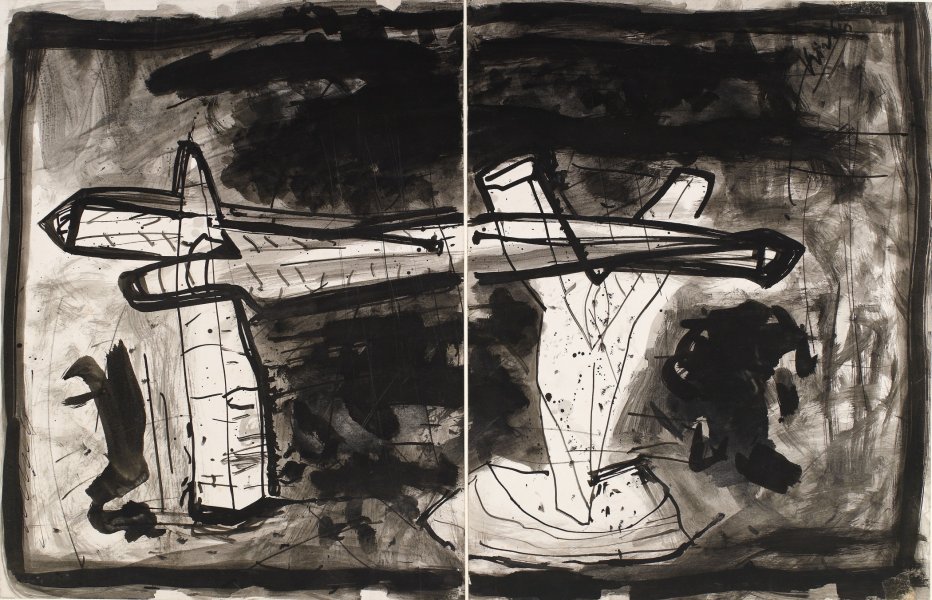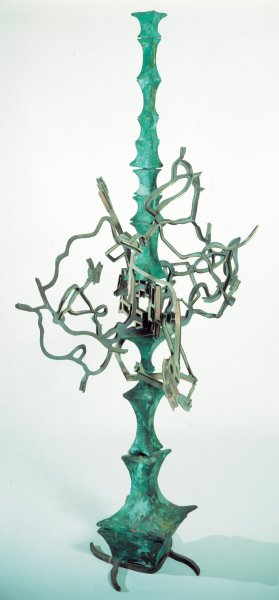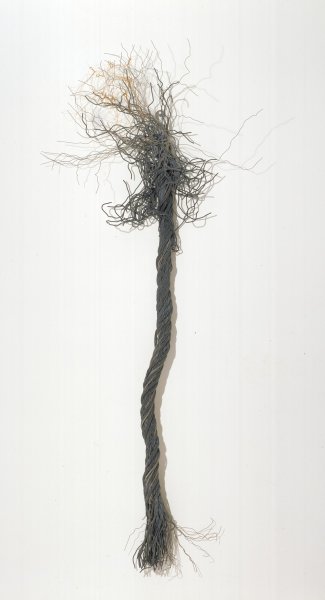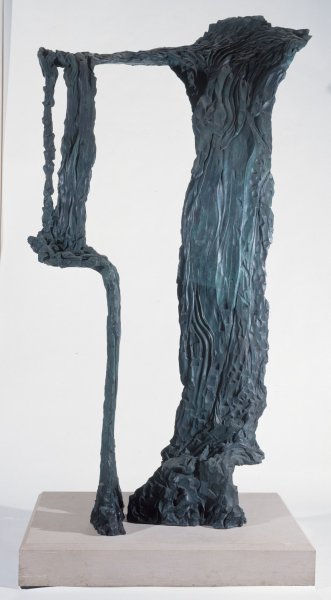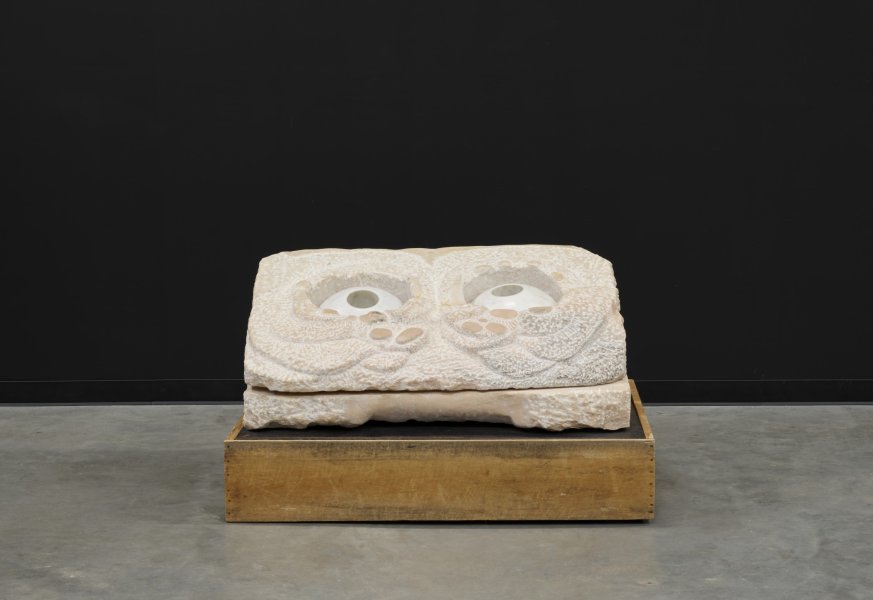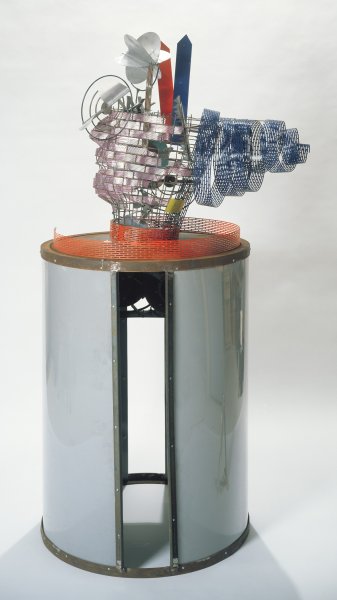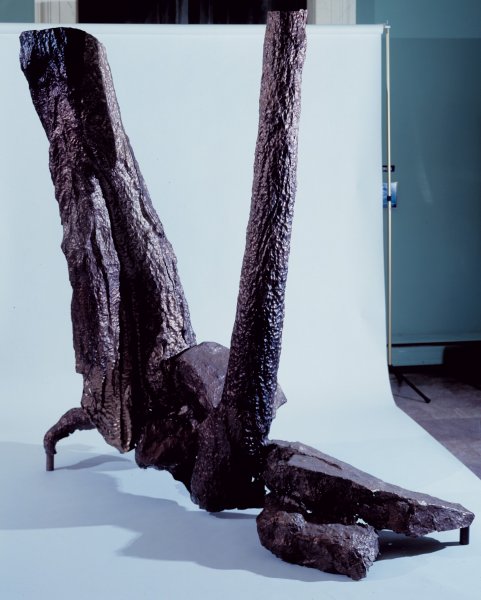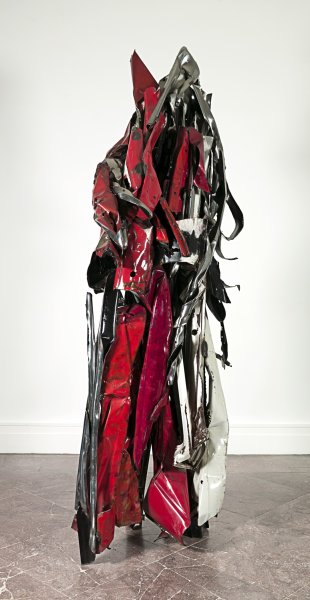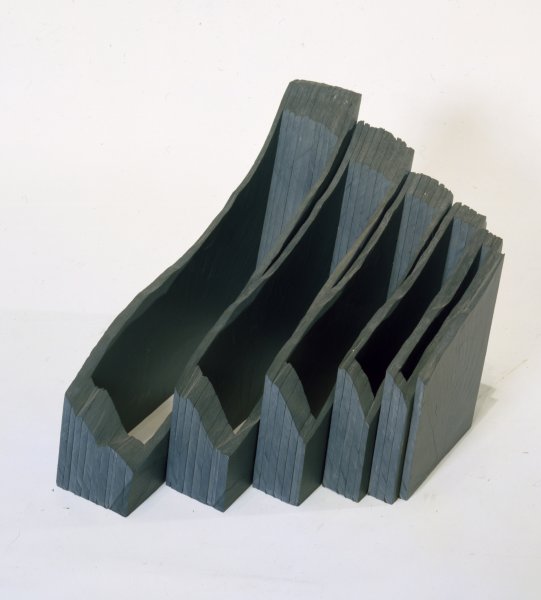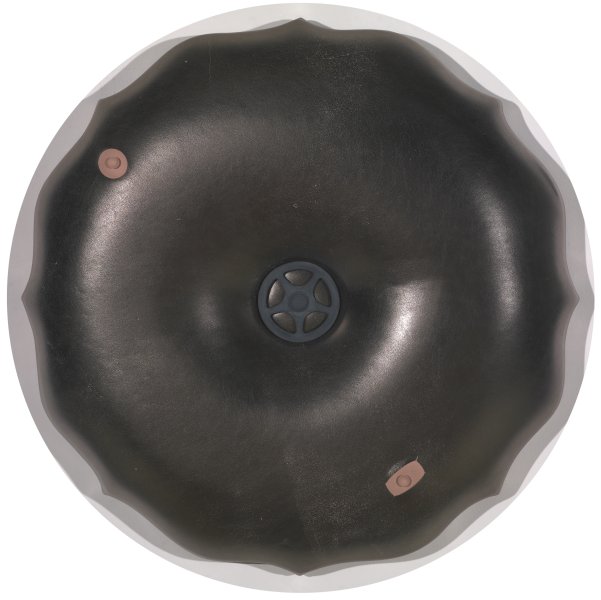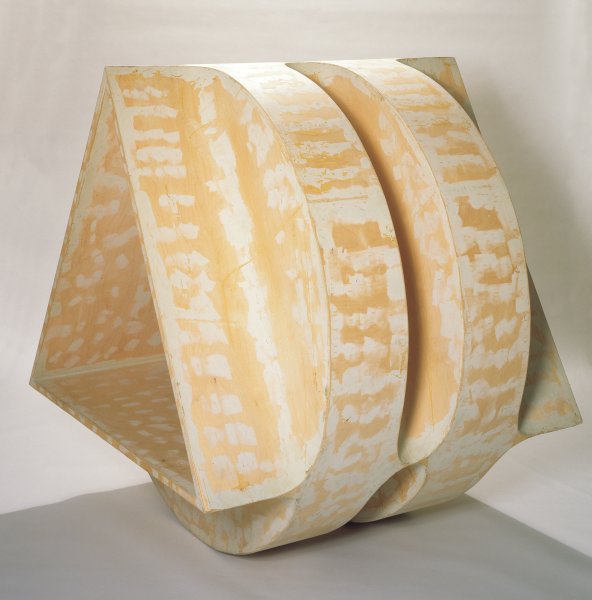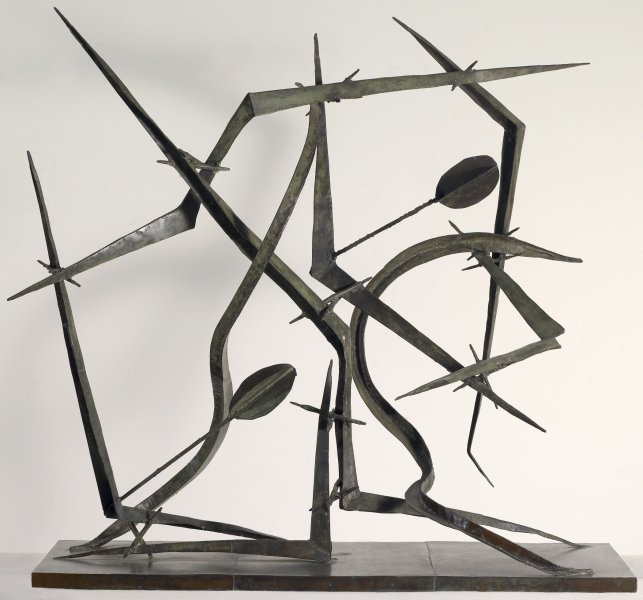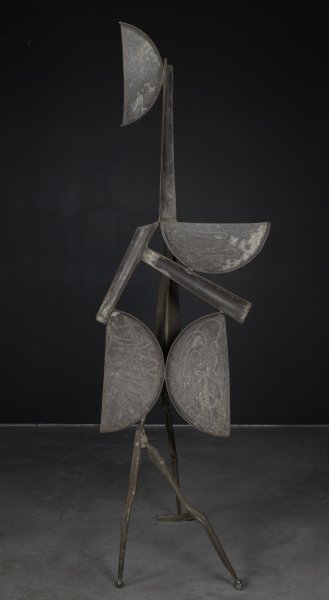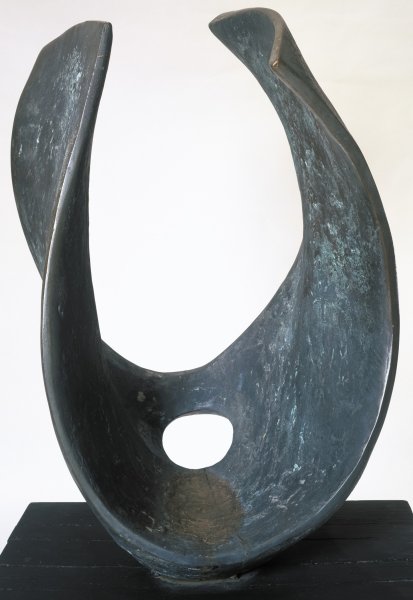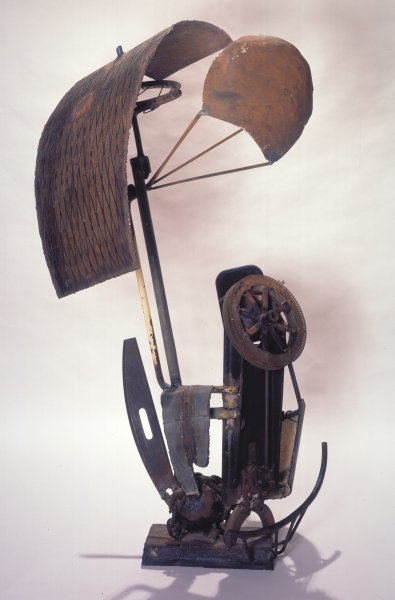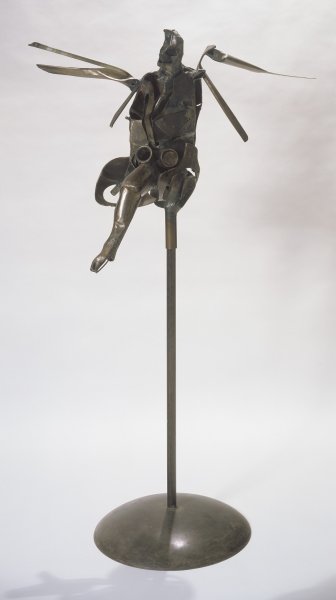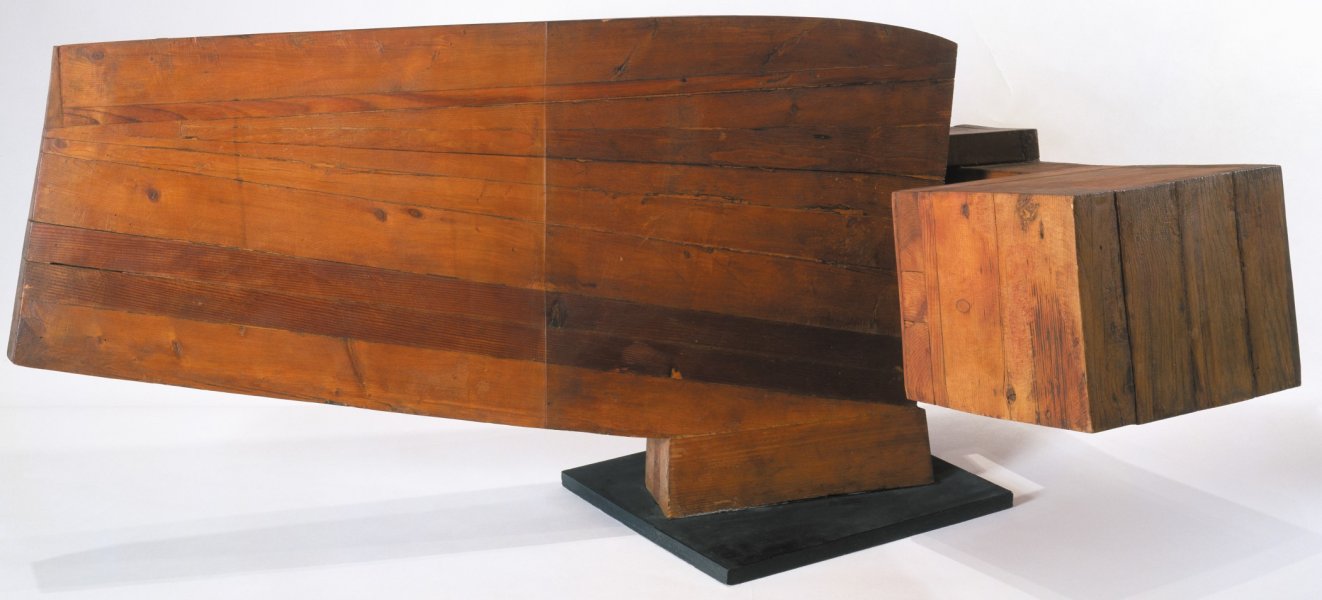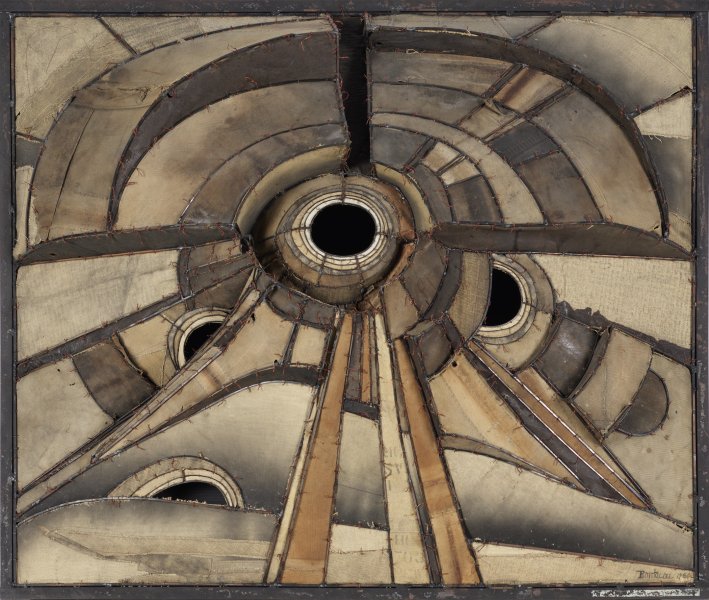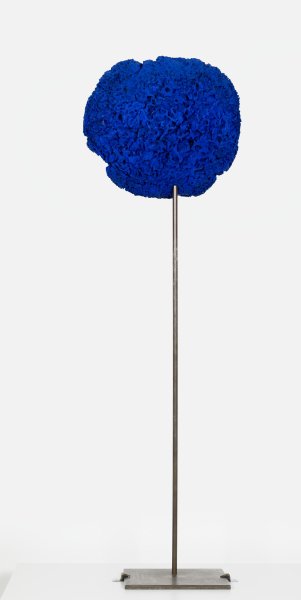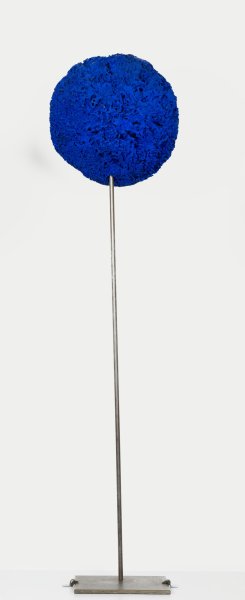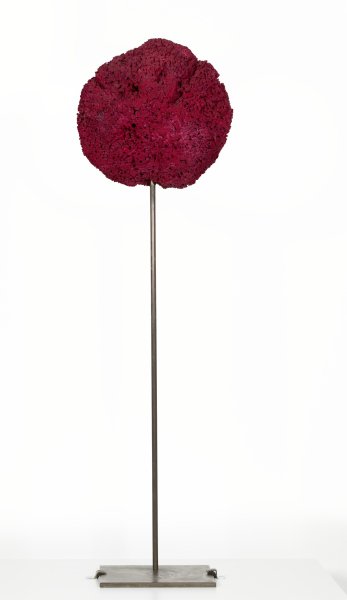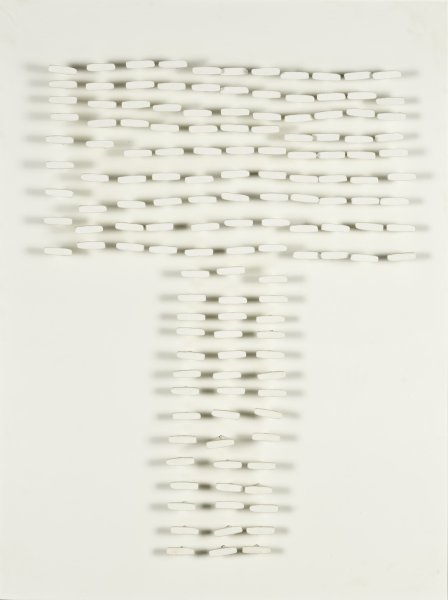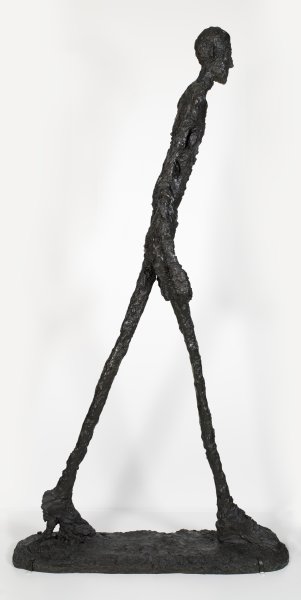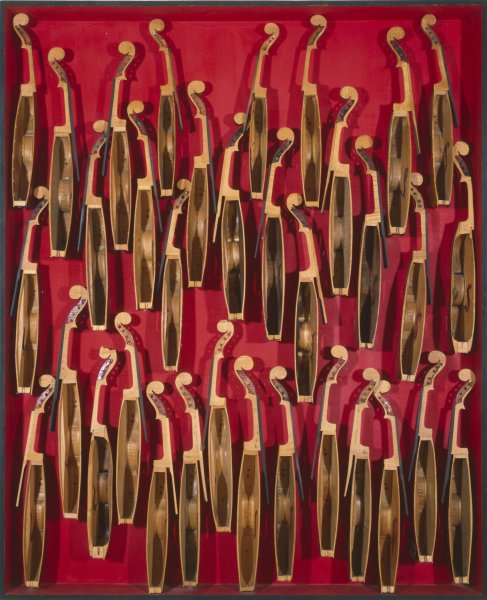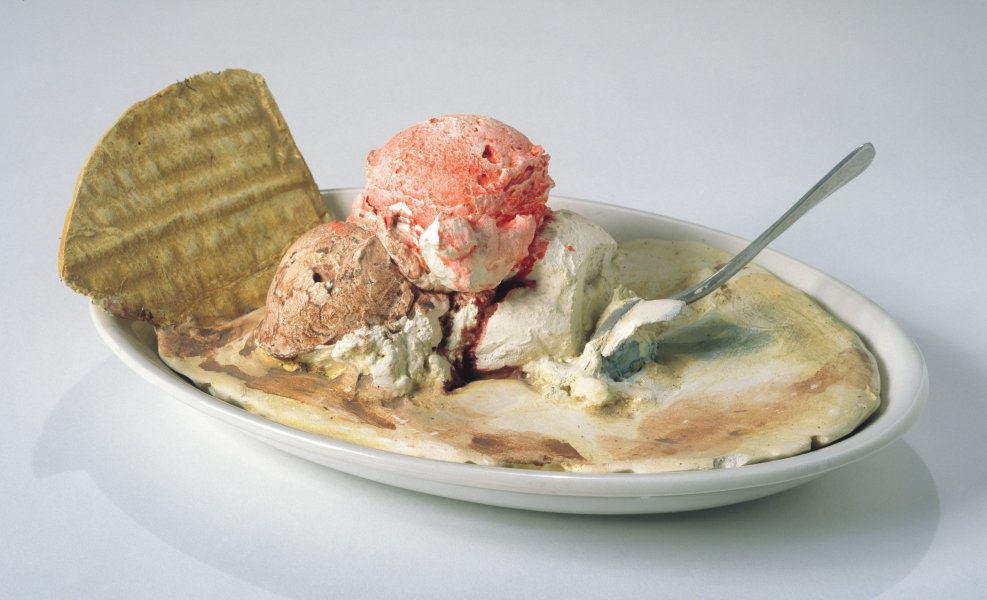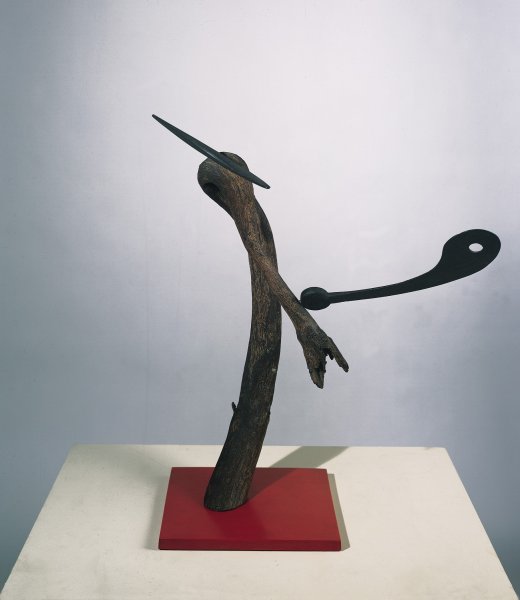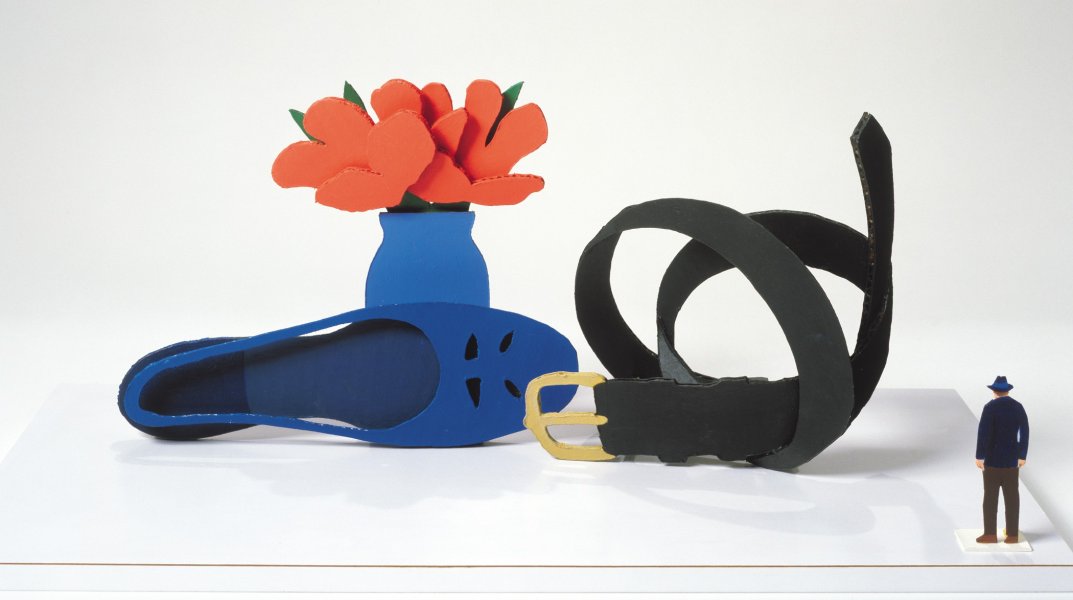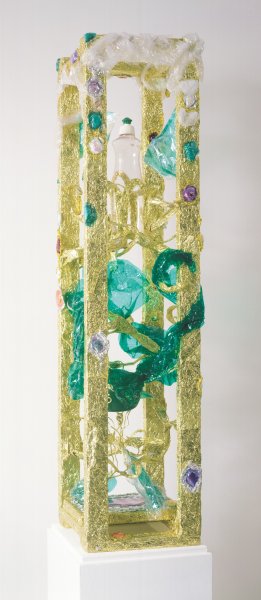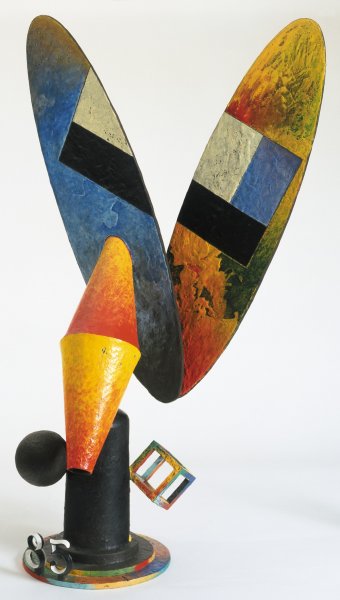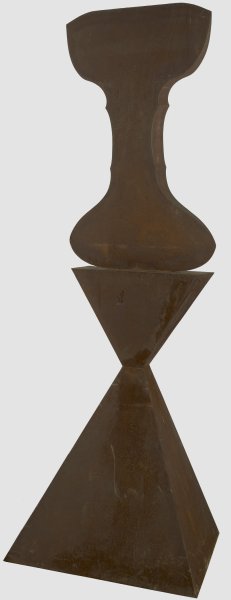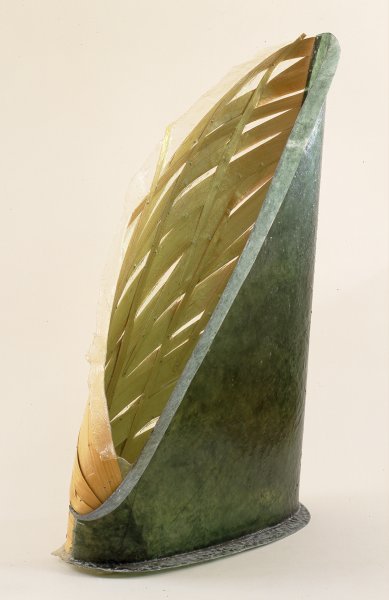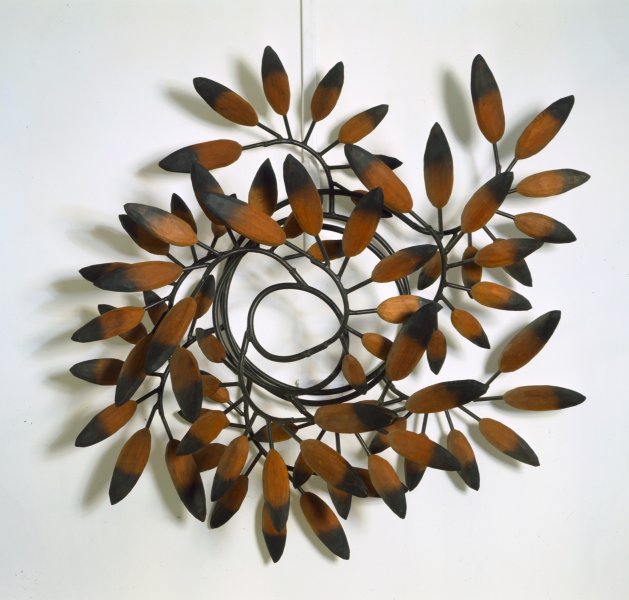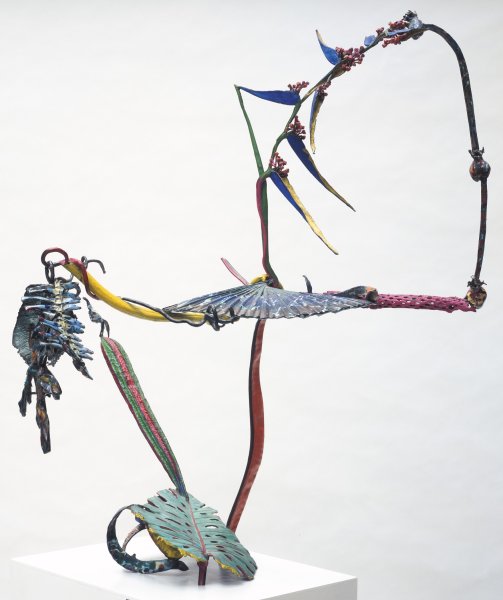Postwar Sculpture from the Collection
Saturday, January 19, 1991–Sunday, March 3, 1991
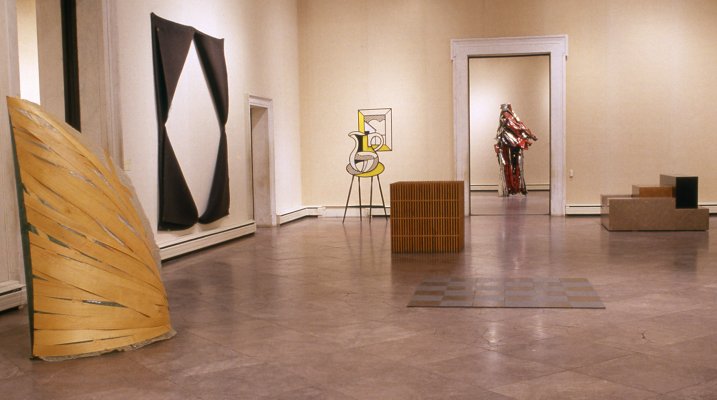
Installation view of Postwar Sculpture from the Collection. Photograph by Tom Loonan.
1905 Building
As is true of its collection of paintings, the Albright-Knox houses an internationally renowned collection of postwar sculpture. In recognition of this fact, and in keeping with a long-standing tradition of complementing the museum’s changing exhibition programs with shows from its collection, the museum opened Postwar Sculpture from the Collection.
Drawn entirely from the museum’s collection, Postwar Sculpture was a dynamic mix of pivotal sculptures by modern European masters and subsequent generations of sculptors, both European and American, who in a myriad of inventive ways acknowledge and rebel against their elders. Many of the stellar figures of modern 20th century art were represented, including Jean Arp, Alexander Calder, Fernand Léger, Henry Moore, Isamu Noguchi, Antoine Pevsner, and Pablo Picasso.
Postwar Sculpture also featured later 20th century artists such as Arman, Louise Bourgeois, John Chamberlain, Joseph Cornell, Alberto Giacometti, Barbara Hepworth, Yves Klein, Gabriel Kohn, and David Smith, among others.
This younger generation, according to Chief Curator Michael Auping, complements the pioneering efforts of its predecessors by investigating and extending various techniques involving the juxtaposition of found objects, known as assemblage, and by its continued interest in abstraction and the refinement of natural and figurative form. These sculptors finally utilize many of the ideas and symbols associated with the important American art movement known as Abstract Expressionism.
The mid-1960s movement known as Minimalism, which aspired to stunningly simple and austere machine-made forms, were represented by many of its major contributors, including Carl Andre, Richard Fleischner, Sol LeWitt, and Jackie Winsor, among others. The subsequent — so called “post-minimalist” — generation of artists of the late 1960s and 1970s, whose works involved a gestural and symbolic approach to an often unusual array of raw and unconventional materials, were represented by many key figures, including Lynda Benglis, Joseph Beuys, Nancy Graves, Eve Hesse, Robert Morris, and Bruce Nauman. More recent works by Bryan Hunt, Erik Levine, Robert Lobe, and Dennis Oppenheim testified to the technical and conceptual inventiveness of recent practitioners.
This exhibition was organized by Chief Curator Michael Auping.
Related Artworks
No image available,
but we’re working on it
No image available,
but we’re working on it
No image available,
but we’re working on it
Related People
- Jean (Hans) Arp
- Alexander Calder
- Fernand Léger
- Henry Moore
- Isamu Noguchi
- Antoine Pevsner
- Pablo Picasso
- Arman
- Louise Bourgeois
- John Chamberlain
- Joseph Cornell
- Alberto Giacometti
- Barbara Hepworth
- Yves Klein
- Gabriel Kohn
- David Smith
- Carl Andre
- Richard Fleischner
- Sol LeWitt
- Jackie Winsor
- Lynda Benglis
- Joseph Beuys
- Nancy Graves
- Eva Hesse
- Robert Morris
- Bruce Nauman
- Bryan Hunt
- Erik Levine
- Robert Lobe
- Dennis Oppenheim
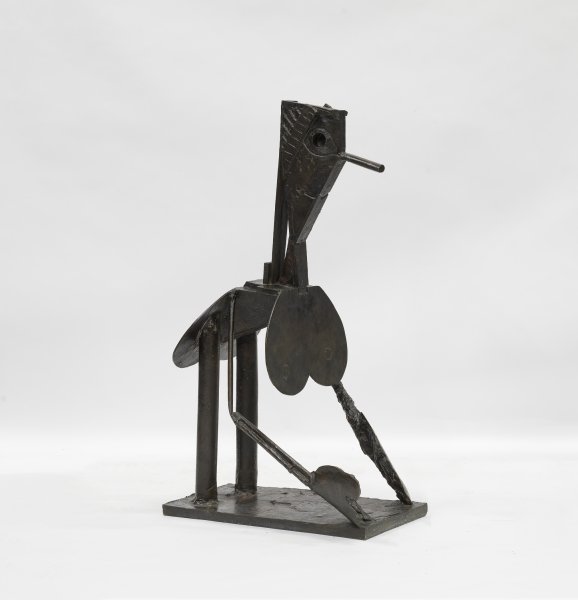

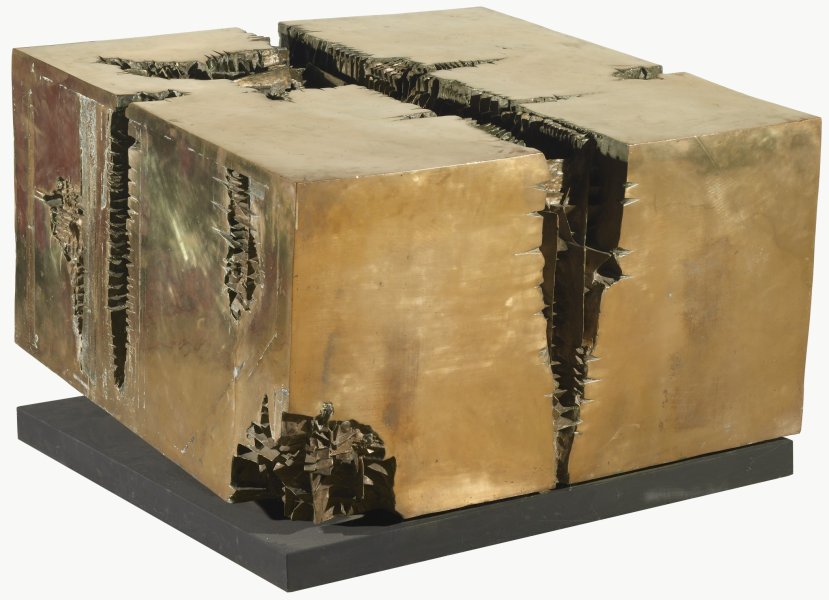
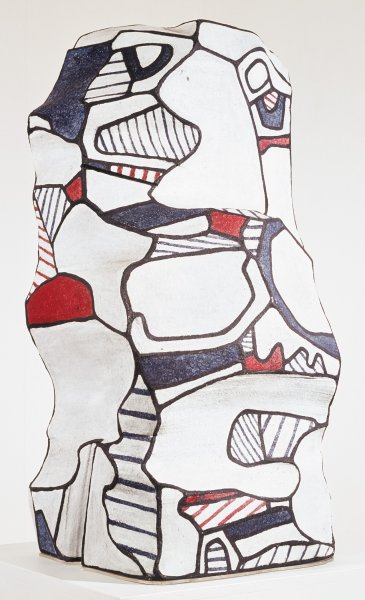
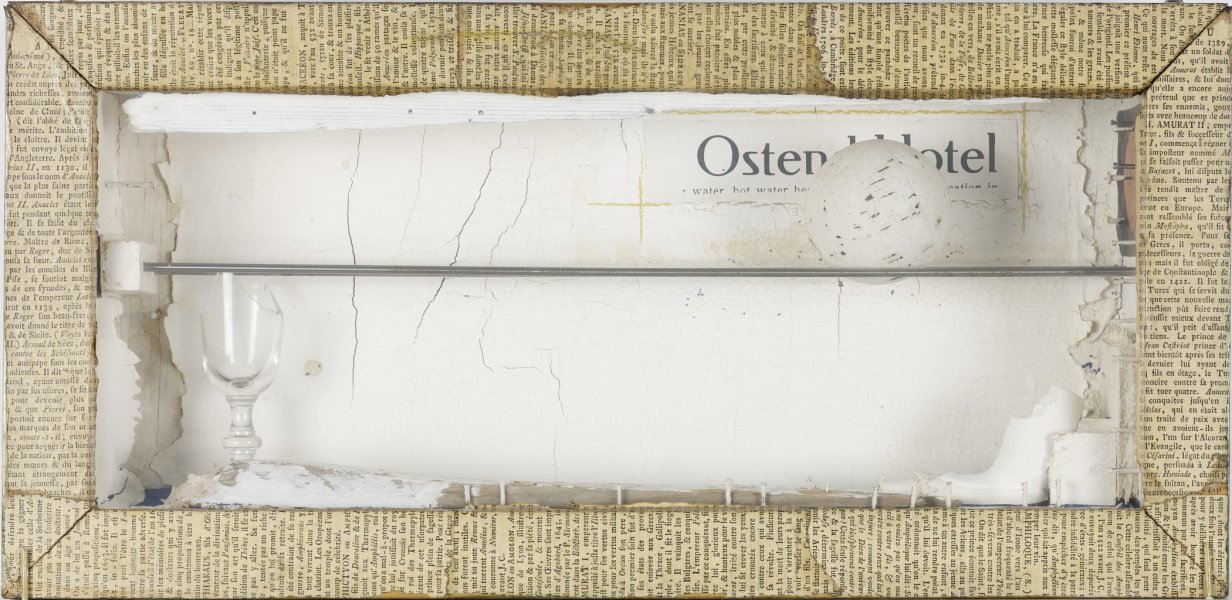
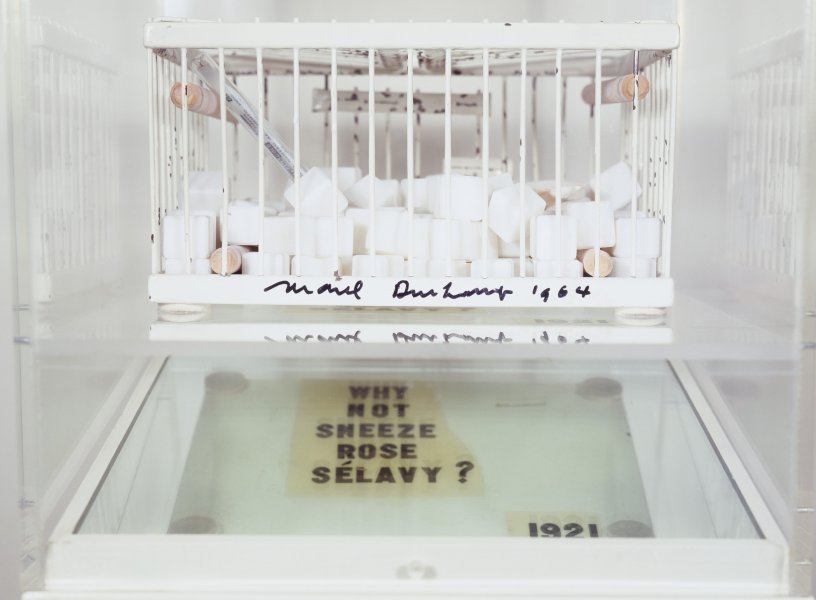
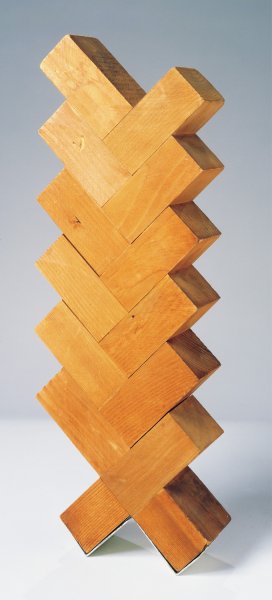
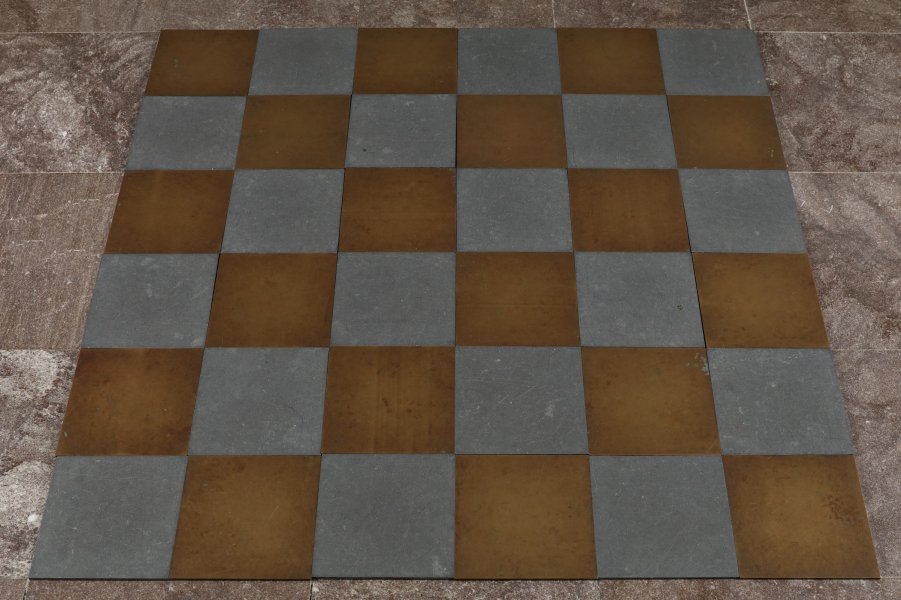
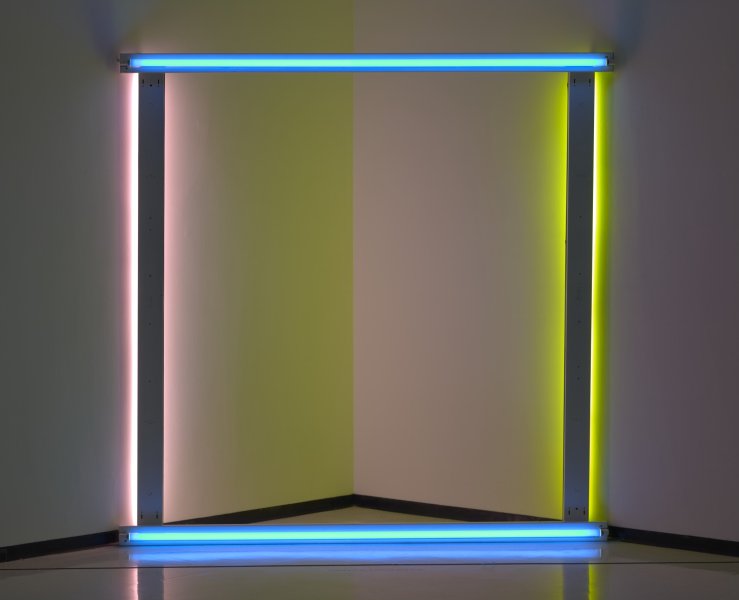
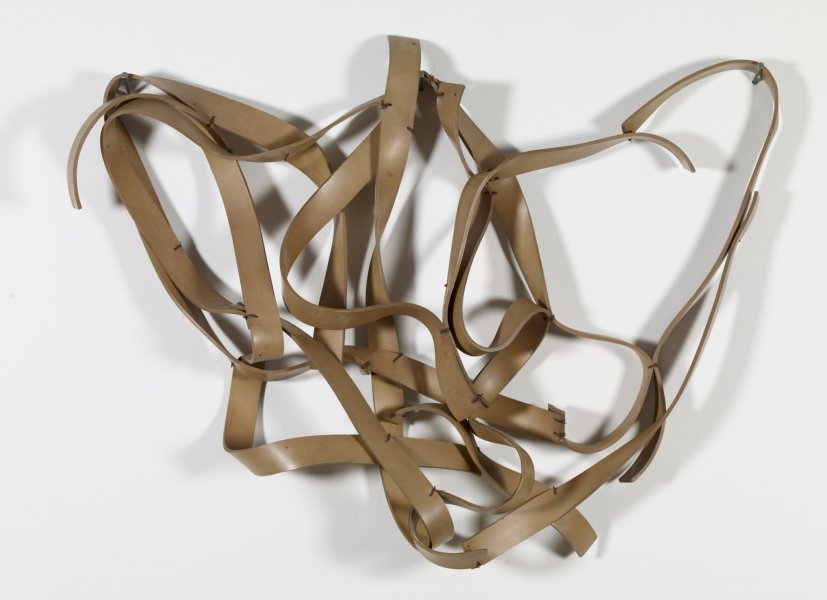
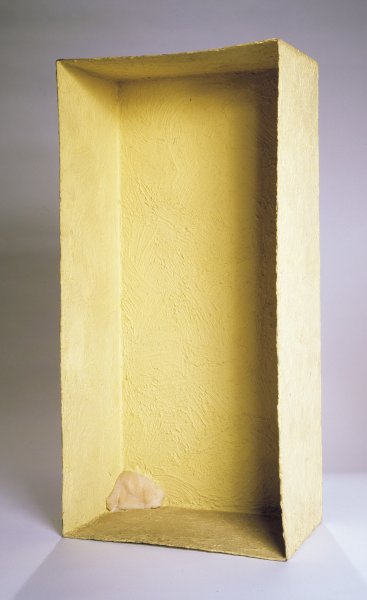
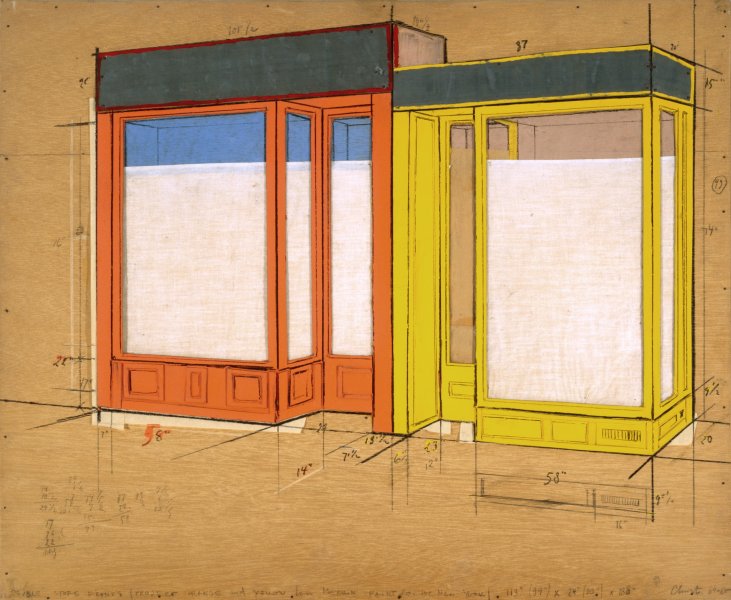
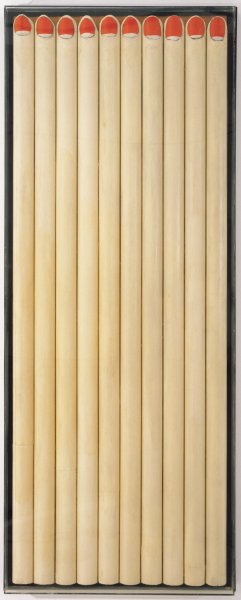
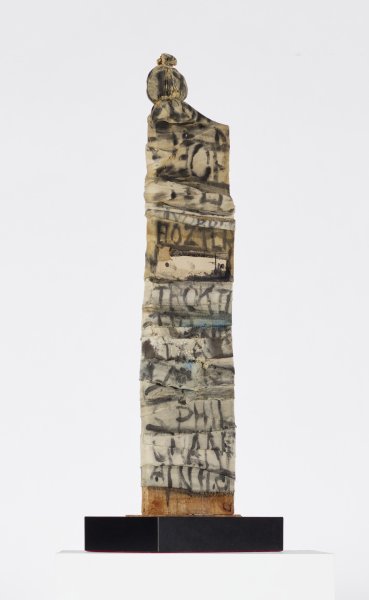
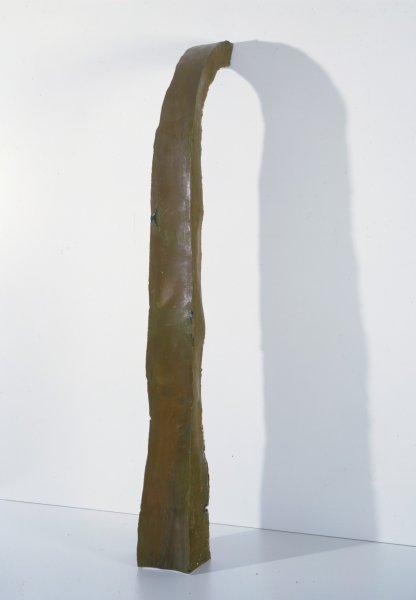
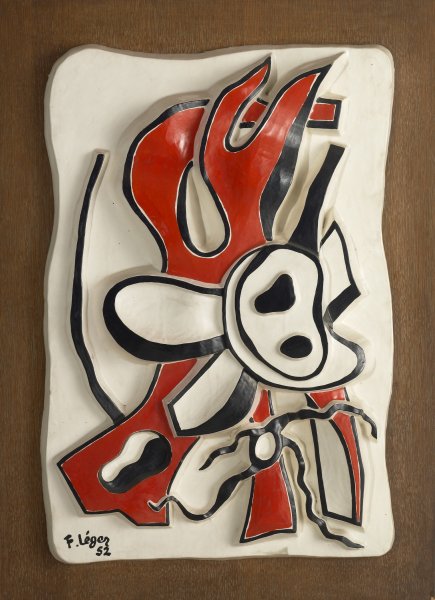
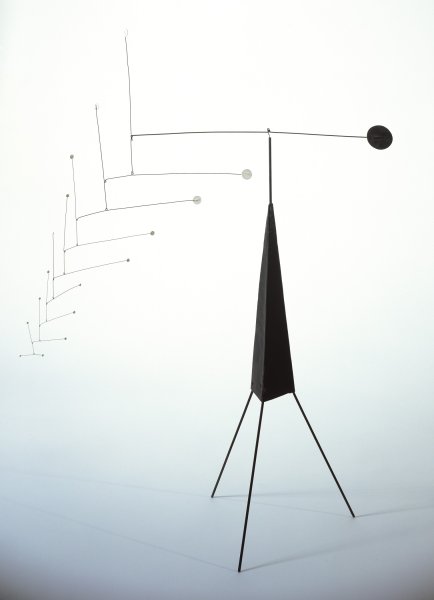
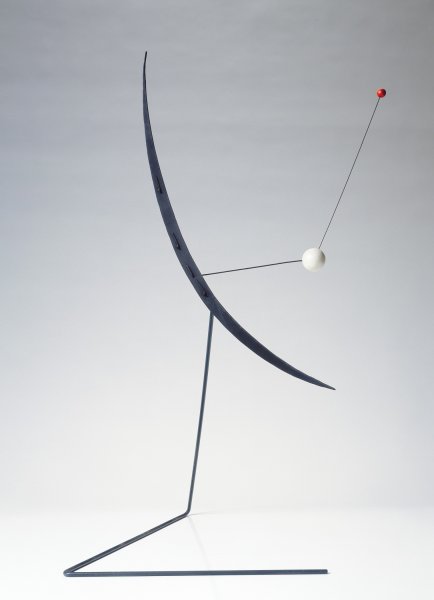
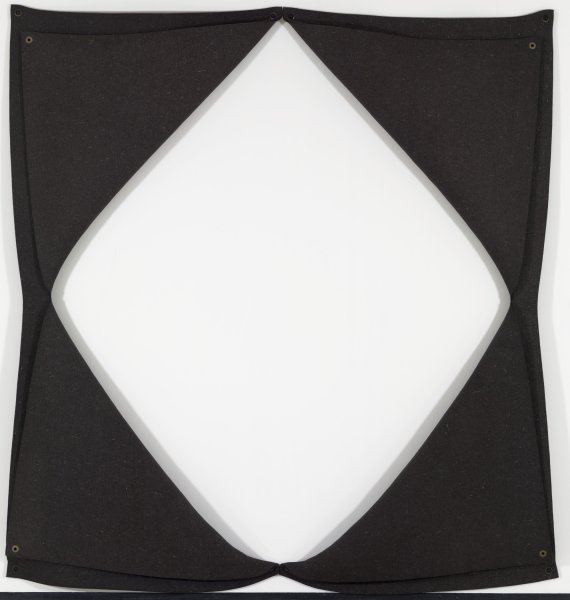
![[no title]](/sites/default/files/styles/callout_fixed_height/public/artwork/1978_005_o2.jpg?itok=HhIhpiJk)
